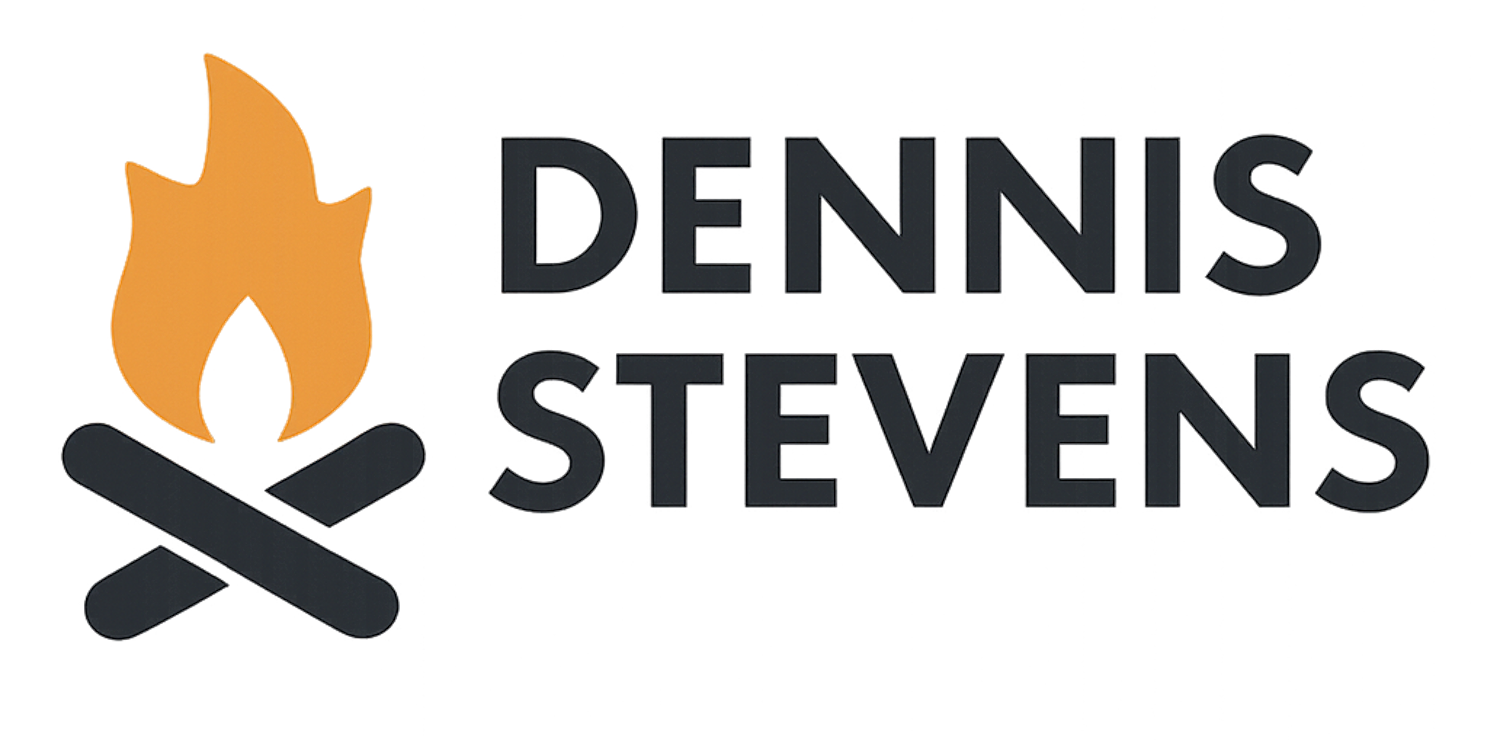Beyond Compliance: A Campfire Approach to AI Governance
This article asks: what does civically engaged AI governance look like? True oversight goes beyond checklists; it’s a living relationship. If we want AI that serves communities, we need open dialogue, not just policy PDFs and technical compliance.

Most AI governance happens behind closed doors between technologists, lawyers, and policymakers. They draft rules for systems that will shape millions of lives.
This approach isn’t inherently broken, AI can succeed technically in private settings. The challenge emerges when these privately developed systems hit real-world communities. The people most affected rarely get a seat at the table where decisions about their deployment are made.
But these decisions have long-term consequences that extend far beyond the city council chambers, the boardroom and the offices of your organization's top administrators. Once AI systems are embedded in public services, schools, or workplaces, they shape how people access resources, opportunities, and even fundamental rights. The public may not notice this at first, and there’s a natural lag between the quiet capture of personal data, the technical rollout of AI models, and the average person’s understanding of how it all fits together.
The irony is that AI itself will accelerate this public awakening. As more people gain access to AI-powered tools, from basic data trackers to advanced personal analytics, they’ll start asking harder questions: How is my data used? Who profits from it? Who oversees these systems, and what happens when they fail me?
In other words, the public will eventually catch up, and when they do, they won’t settle for governance that treats them as passive subjects. They’ll demand a seat at the table where these decisions get made and it is worth considering that the pesky public will also eventually build AI systems that is able to better track what is going on with their data.
Right now, there's a broader pattern; recent surveys reveal that 54% of organizations have employees using AI without express permission, while 41% provide no AI training even to directly impacted teams. The disconnect between policy and practice grows wider each day. The result? AI systems that work in boardrooms but eventually fall short in communities.
This creates a political divide in how we solve the transparency challenge. One side argues for market-driven solutions, let companies innovate freely and trust competitive forces to surface problems. The other side calls for stronger public oversight and regulatory intervention. Both approaches draw a line between technical success and public legitimacy in different places.

Beyond Technical Compliance
Traditional AI governance treats oversight like a final stamp. Check the legal boxes, publish a policy document, declare victory. This approach misses something fundamental. AI policy isn't just technical or legal; it's also deeply social and cultural, but that part is harder to assess.
Every AI system embeds the values and assumptions of its creators. The real questions legislators must ask are: What kind of world do we want? What does "good" look like for our kids, neighbors, and communities? These questions can't be answered with risk matrices or compliance checklists.
They require practical dialogue and shared problem-solving. They need what we might call the "campfire approach" to governance.
Governance as Relationship
Authentic and engaged AI governance isn't just regulation; it's also relationship. This means treating affected people as partners, not as subjects. Before deploying any AI system, we can ask: Who's impacted? Then we bring them into the conversation early.
Relationship-building governance looks different in practice. We conduct substantive stakeholder engagement that goes beyond formal comment periods. We explain systems in plain language with real-life scenarios so people understand how AI affects them.
We start small with pilot programs that include community feedback loops. We build in ways for people to challenge or appeal AI decisions. Most importantly, we stay connected after deployment through advisory groups and regular forums.
This approach recognizes that trust gets earned over time. It can't be assumed just because someone wrote a policy.
The Challenge of Transparency
Many leaders fall into what we call the transparency trap. They think publishing an algorithm summary or policy registry equals transparency. But transparency without understanding does not build trust. Information that's too technical for public comprehension or too vague for accountability creates the illusion of openness while maintaining the reality of exclusion. That can be done, but at some point the contienecy is going to start asking questions and when they do, as a civic leader, you have to be prepared to answer.
Real transparency fosters ongoing dialogue, not just document trails. It invests in community understanding through plain-language explanations, practical scenarios, and tools that enable people to check systems and push back when they're wrong. And, some public agencies don’t encourage pushback; that's your call as a leader.
Canada's recent experience with its Artificial Intelligence and Data Act illustrates this perfectly. The legislation died after criticism that stakeholder engagement was too narrow. When governance becomes a technical exercise rather than civic relationship, it risks failure. There’s a line, and where to draw it is a conversation you have within your organization.
Oversight as Living Process
Most organizations treat AI oversight like a one-time compliance check. But AI systems reflect the data and decisions we feed them, and their outputs change over time based on human choices about training and deployment. The world around them changes, too.
Consider a city deploying AI to allocate housing assistance more efficiently. Initially, it works well, sorting applicants and prioritizing urgent cases. But six months later, advocates notice fewer people with limited English proficiency getting approved.
The system was trained on data that reflected existing biases, leading it to unfairly deprioritize people who don't submit perfect paperwork. Without continuous monitoring, this bias compounds quietly for months or years.
Effective oversight builds in early warning systems. Dashboards flag anomalies like "Are certain groups seeing worse outcomes over time?" Feedback loops let community groups report issues and know they'll be heard.
When problems surface, we don't bury them. We pause, investigate, and publish findings. We adjust the system and inform the public about the changes. This transforms oversight from paperwork into a promise to keep systems fair as they operate in the real world.
The Courage Question
When AI systems create unfair outcomes, the technical fix is often straightforward. Retrain the model, adjust the data, and add human oversight.
The real barrier isn't technical complexity. It's a fear of admitting mistakes.
Making changes public means owning the fact that we launched something imperfect. For many organizations, especially public agencies, this feels risky. They worry about blame, headlines, or losing funding.
So they treat AI failures like PR crises to contain rather than opportunities to learn. They minimize issues or focus on technical compliance rather than real-world outcomes. Meanwhile, people keep getting hurt by decisions everyone knows are flawed.
The solution requires organizational maturity. We need organizations that see oversight as integrity, not weakness. That says, "Of course, things will go sideways sometimes. What matters is the process we’ve established to quickly catch and fix problems and how that is consistently used and updated."
Building Safety Culture
High-stakes industries like aviation offer a model. Pilots aren't fearless because engines never fail. They're confident because failures are normal and the system catches them before disaster.
Aviation has a safety reporting culture. Everyone from mechanic to pilot to regulator gets encouraged to raise red flags, with no blame for speaking up. This creates early-warning radar for problems.
AI governance needs the same approach. Successful healthcare AI projects demonstrate this principle by investing heavily in training clinicians, validating outputs, and maintaining transparency to build trust.
The biggest signal we need isn't better algorithms. It's community feedback, ethical dissent, and humility to change course publicly.
When leaders realize that admitting flaws increases trust instead of destroying it, they understand that safety culture is civic culture. It's the difference between governance that imposes solutions and governance that builds solutions collaboratively.
Practical Implementation
This approach requires concrete tools, not just philosophy. Effective AI governance begins with stakeholder mapping to identify all parties affected by a system. It also includes readiness assessments to gauge an organization's preparedness for the ethical implementation of AI.
We need evaluation frameworks that go beyond technical metrics to assess fairness, transparency, privacy, accountability, and societal impact. These tools should be accessible to community leaders, not just technical experts.
Most importantly, we need event planning resources to facilitate community engagement. This enables leaders to transform abstract ethical concepts into actionable workflows that can be implemented immediately.
The Path Forward
We shape how AI affects our lives through the choices we make about its development and deployment. Every corner of our community deserves a seat around the fire where we decide how these systems work. This is fundamentally about human agency. Technology doesn't determine outcomes—legislators, policymakers, and communities do. The question isn't whether AI will transform society, but whether we'll lead that transformation or let it happen to us.
This means moving beyond boardroom governance to community partnership. It means treating transparency as relationship-building, not document-publishing. It means having the courage to admit when systems fail and the wisdom to fix them openly.
The choice is ours. We can continue governing AI through narrow technical compliance, or we can build governance that earns public trust through inclusive engagement, clear communication, and responsive problem-solving.




